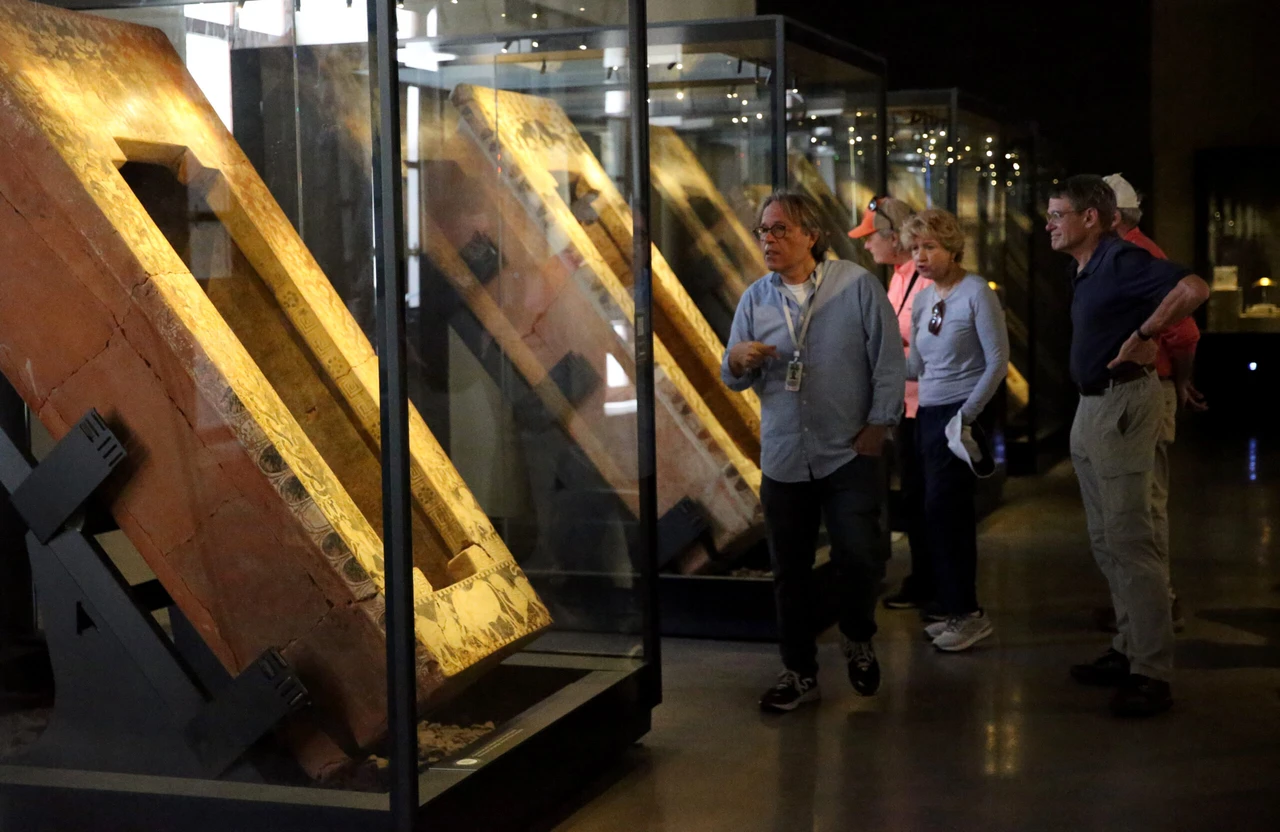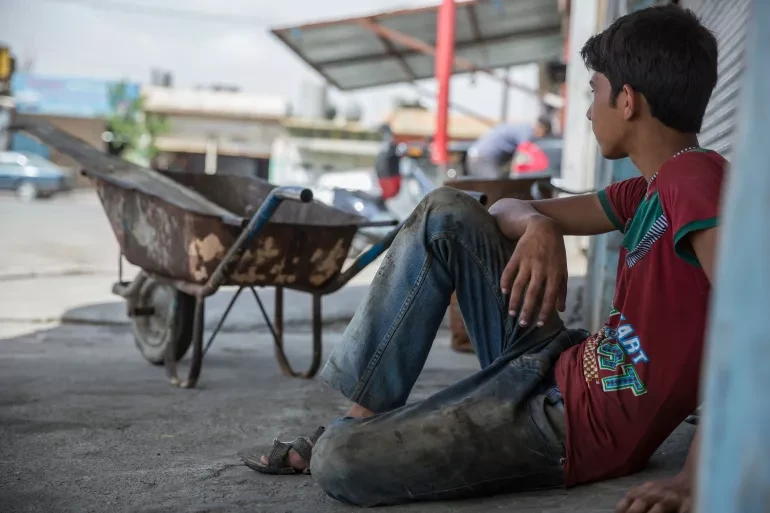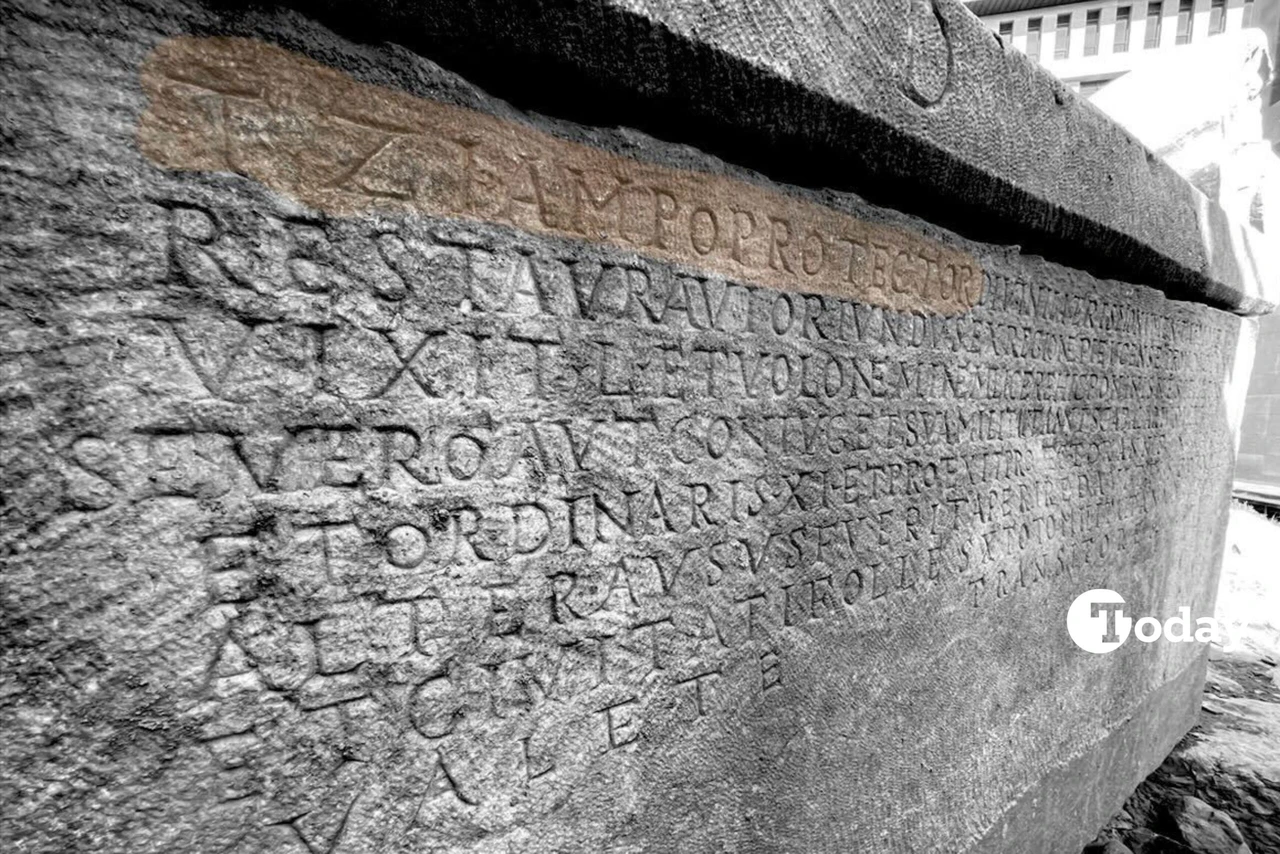Druze militias’ strategy of patience in Sweida and Damascus
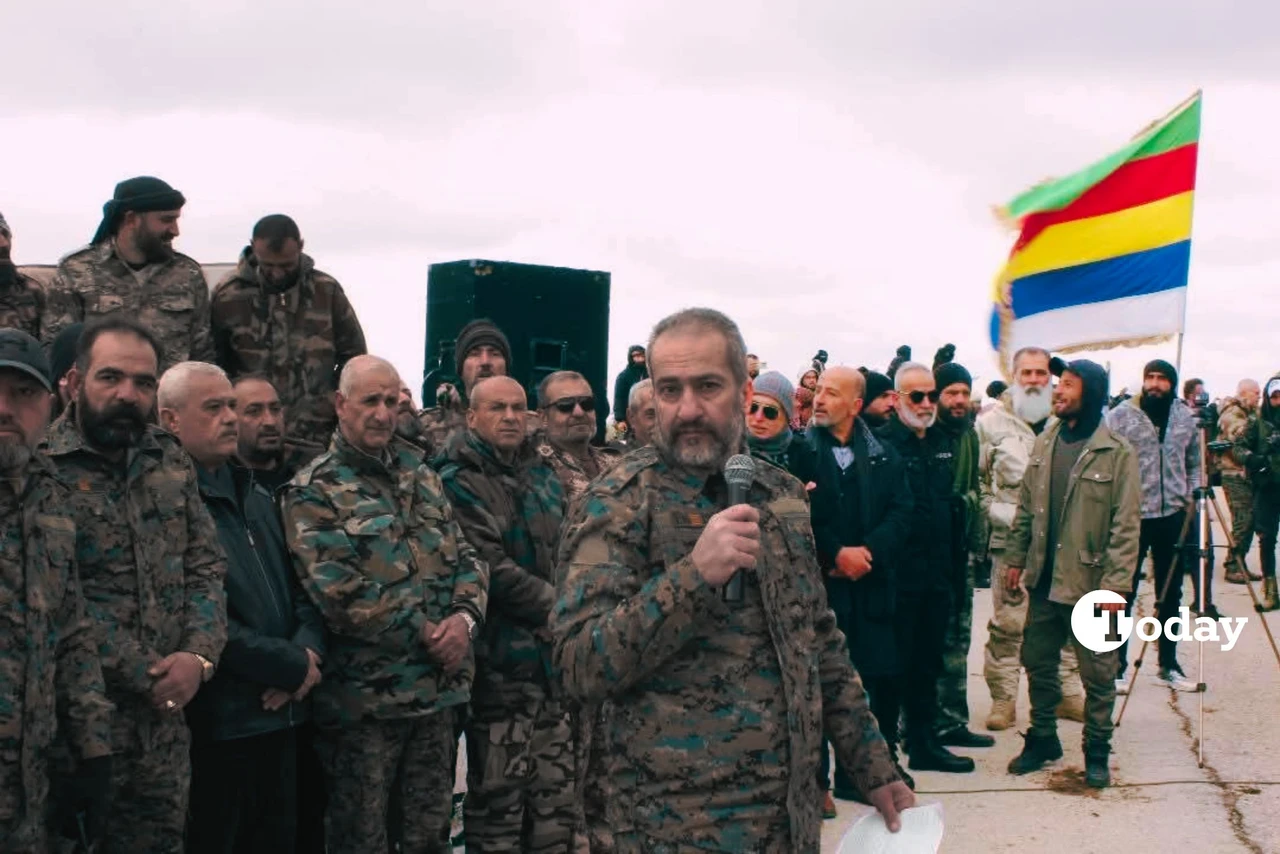 Commander of the Military Council in Sweida, Tareq Al-Shoufi, in Sweida.
Commander of the Military Council in Sweida, Tareq Al-Shoufi, in Sweida.
In a significant development in Syria‘s protracted conflict, several Druze militias in the Jabal al-Druze region of Sweida announced the formation of a joint operations room on Monday.
The move by militant groups that resemble the YPG terror group in the north and have declared goals similar to their interests came in the same week that Netanyahu announced his plan for Syria. Although they do not represent all Druze, one wonders how big a problem they could pose for Damascus.
The new umbrella organization, led by the “Military Council,” comprises various Druze groups, including factions that previously aligned with the regime of Ahmad al-Sharaa. Members of the council appeared in photographs wielding weapons and displaying their organizational flag—a light blue banner with a Druze star, echoing the symbolism of the terror group PKK/YPG-led SDF.
Autonomy and negotiations: A strategy mirroring PKK/YPG
The Druze initiative appears to mirror the PKK/YPG strategy in northeastern Syria, where their affiliated-group the SDF has maintained a degree of autonomy while negotiating with the regime in Damascus. Tariq al-Shoufi, the head of the Military Council, emphasized the council’s intent to protect the Druze community from terrorism and authoritarian rule.
Commander of the Military Council in Sweida, Tareq Al-Shoufi, has sent a message to the YPG/PKK: “The Sweida Military Council emphasizes establishing good relations with the SDF and is proud of the SDF forces that defend their land and people against terrorism and dictatorial rule.”
Political shifts
Three political coalitions currently operate in Jabal al-Druze, with the “National Forces Alliance” being the largest. The alliance notably shifted its support from the Assad regime to the opposition during the 2023 anti-Assad protests in Sweida. The Druze community now seeks to prevent new administration forces from entering the area, including the capital, Sweida.
Meanwhile, Israel’s Prime Minister Benjamin Netanyahu announced plans to establish a “demilitarized zone” in southern Syria, which would exclude new regime forces from the area, aligning with the Druze community’s aspirations for greater security and autonomy.
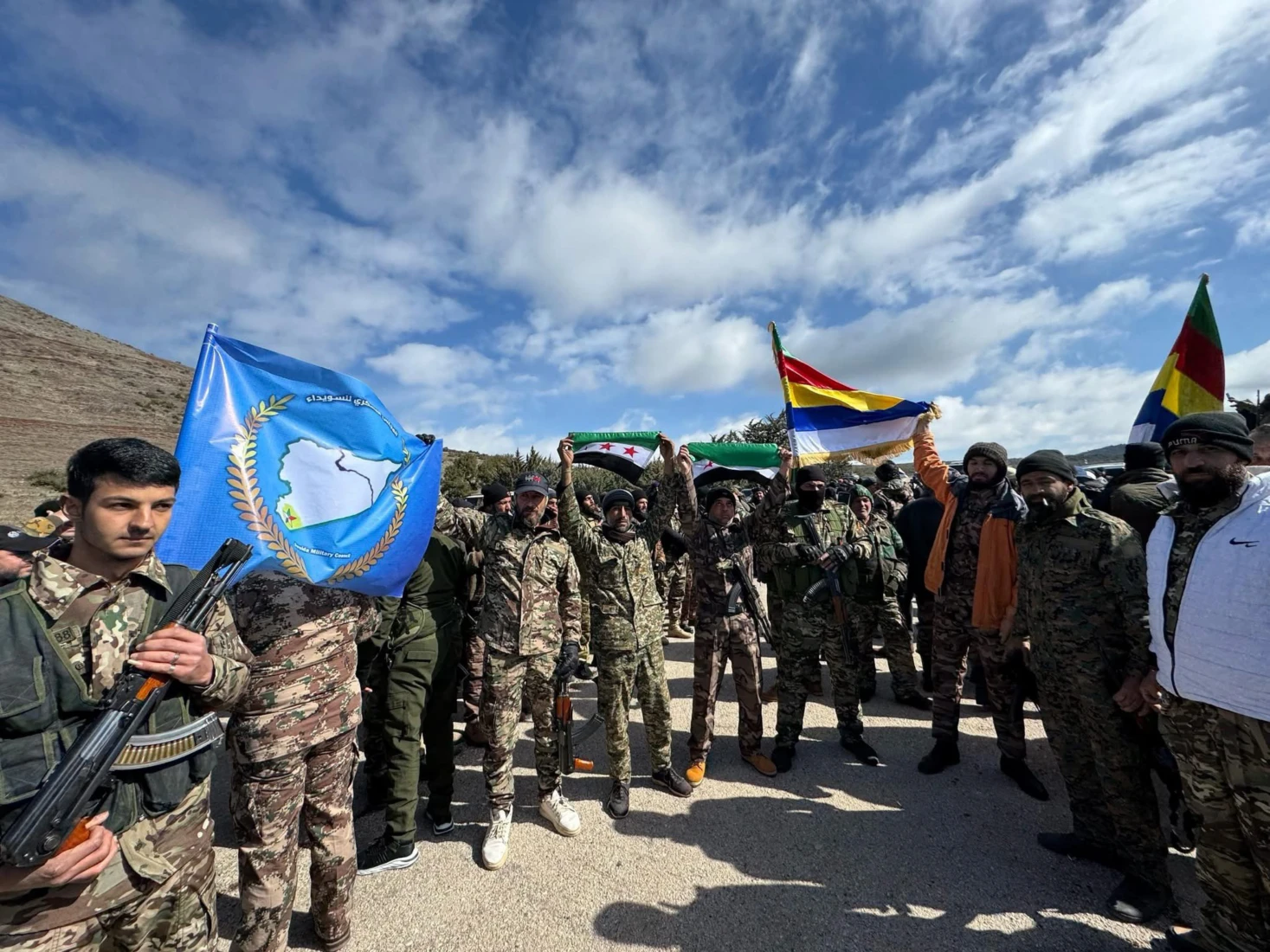
Sweida Military Council: Structure and goals of Druze militias
The Sweida Military Council aims to safeguard civilians and public property, enhance cooperation with other security factions, and regularly assess regional threats. The council has called for a military meeting on Feb. 24 in the Sad al-Ain area to discuss its strategic direction.
Formed initially as the “Interim Military Council” after the fall of Bashar al-Assad in December 2024, the council seeks integration into a newly unified Syrian army. The leadership advocates for secularism, democracy, and decentralization as foundational principles for achieving regional stability.
In a public event at Al Kafr Agricultural Airport, the Military Council unveiled its “national project” in collaboration with political and revolutionary groups. However, the initiative has faced criticism from within the Druze community. Syria’s Druze spiritual leader, Hikmat al-Hajeri, condemned the council, labeling its members as separatists lacking legitimate authority.
Damascus responds
In response to these developments, Syria’s interim President Sharaa met with a delegation from Sweida to discuss security, living conditions, and political representation. The delegation included prominent Druze figures and representatives of some armed factions, signaling Damascus’s recognition of the growing influence of the Sweida Military Council.
The council has adopted a flag reminiscent of the SDF’s, featuring a highlighted Sweida Governorate with the iconic Druze five-pointed star. The council has expressed openness to cooperation with the SDF, praising its role in defending territories against terrorism and dictatorship.
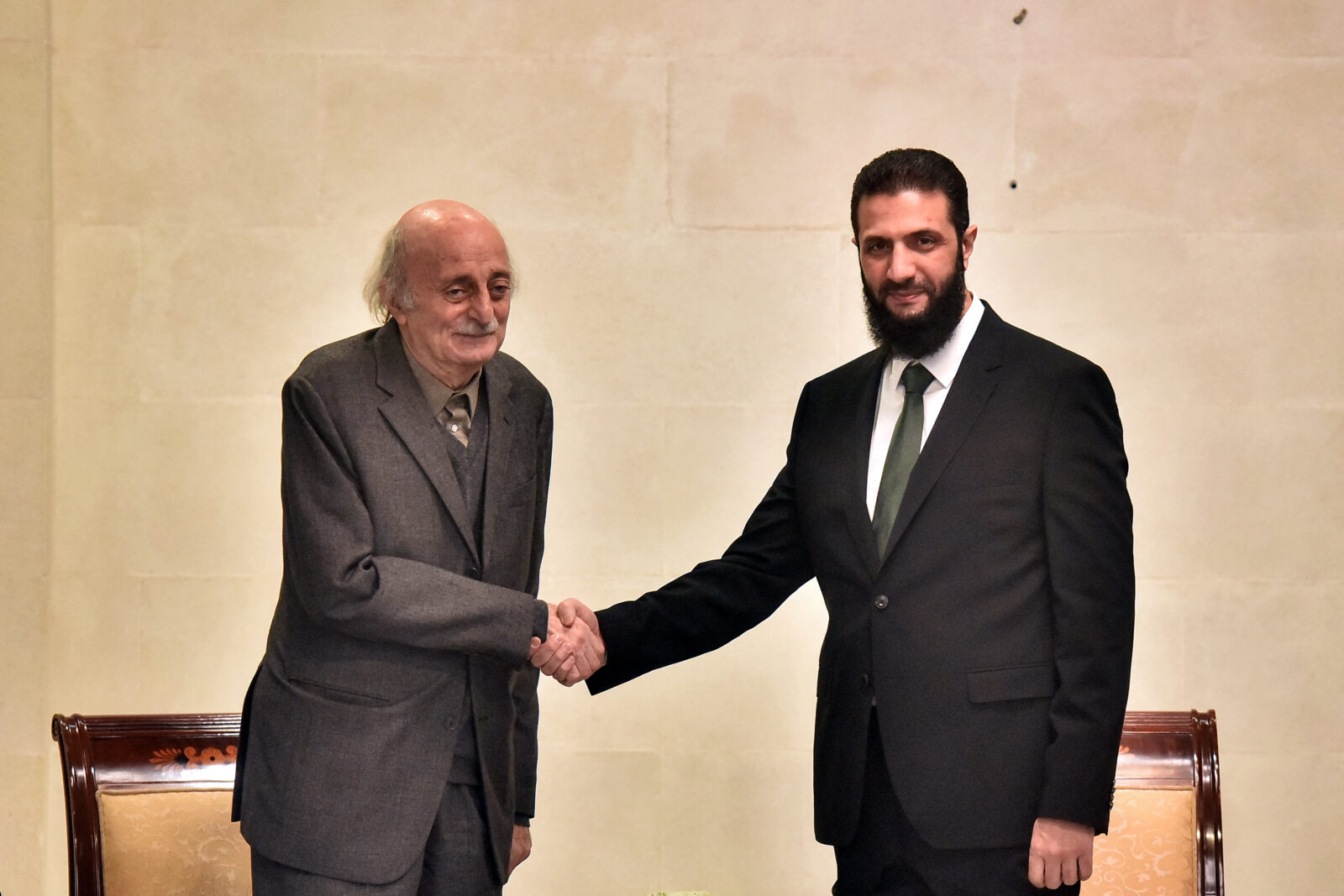
Druze community
On Feb. 24, several local groups pledged allegiance to the Military Council, including the “Commander of the Faithful Ali bin Abi Talib Forces,” the “Nabi Shuaib Forces,” and the “Bayraq Suleiman Bin Daoud Forces.” The latter, led by Majed Najem Abu Ras, has been actively promoting recruitment into the council.
While Druze factions in Sweida have expressed opposition to the new administration, there are also groups showing openness to dialogue and cooperation with the new administration in Damascus.
Sheikh Hikmat al-Hijri, the top Druze leader in Syria, has expressed cautious optimism regarding the new administration led by Sharaa in Damascus. While condemning the Israeli invasion, Hijri acknowledged positive initial contacts with the new authorities but emphasized the need for concrete accomplishments rather than mere promises.
International dimensions
The involvement of Majed Najem Abu Ras has sparked controversy, particularly due to his social media activity. Abu Ras has shared posts expressing support for Israel, including a repost from Israeli Druze Suleiman Abdul Latif, who encouraged young Druze in Suwayda to join the council. He suggested that the Israel Defense Forces (IDF) could recruit Druze fighters if they enter Syria.
Additionally, Abu Ras commented on Netanyahu’s statements about protecting Syria’s Druze, implying that the message targeted Hayat Tahrir al-Sham and its leader, Abu Mohammad al-Jolani.
As local forces assert autonomy and external players like Israel express interest in the region, the situation in Sweida remains a critical indicator of Syria’s broader path toward stability or further fragmentation. The coming weeks will likely bring new developments as both the Damascus regime and international stakeholders respond to the growing assertion of Druze autonomy in Jabal al-Druze.
The new Syrian administration’s policy of patience, waiting and compromise in the north and south continues. Time will tell whether this waiting is a sign of weakness or an effort to avoid more bloodshed. After all, no one knew their strength when they took over Damascus.
